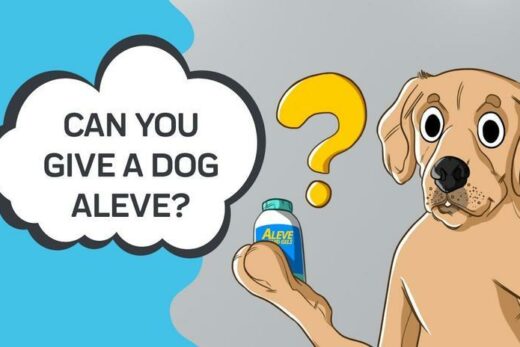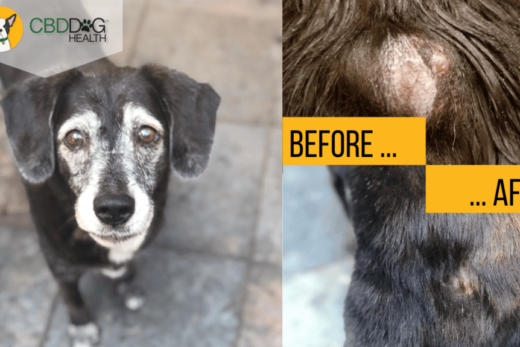
Hay fever sufferers know that pollen levels tend to be higher in the Summer months, but dog owners may not be aware that dogs can suffer from hay fever too, just like humans. Our in-house Veterinary Surgeon, Dr Linda Simon, shares vital advice on spotting the signs that your dog might be suffering and how you can relieve them of their symptoms
“Dog pollen allergies come about in the same way that we develop allergies – by coming into contact with pollen granules released by plants. It can start at any age but typically develops in early life.”
“Whilst we may suffer from a runny nose, watery eyes or a fit of sneezing, hay fever in dogs is different. Here are vital signs to look out for to ensure your pup is not in any discomfort and can live their best life through to the late Summer months”:
Signs & symptoms of hay fever in dogs
All-Over-Scratching
One of the tell-tale signs of hay fever in dogs is skin irritation. If you notice your pup itching, rubbing, or nibbling their paws, eyes, ears, mouth and other areas of their body, especially after a grassy walk (grass pollen is particularly high from mid-May to July), this could indicate that they’re suffering from an allergic reaction to pollen.
Red, sore or flaky skin
As with humans, a pollen allergy can leave your dog with red skin rashes. Their skin might also look sore, especially in areas that regularly touch the ground, like their paws, legs, around their bum, and groin area. You may also notice redness around their eyes, ears, mouth and muzzle, as well as their armpits and tummy.
Their skin can also look flaky from excessive rubbing or licking. They can also lose patches of fur. Even if their skin looks fine, you should still monitor any excessive itching. Frequent scratching can cause a build-up of bacteria and yeast and lead to skin, ear and eye infections, so watch your pup closely throughout the Summer.
Runny eyes and nose
You may notice a watery discharge from their eyes and nose. However, these are less common symptoms of hay fever in dogs. That said, if you notice any persistent discharge or discharge with a cloudy, yellow or green appearance, visit your veterinarian – it could be something more severe like a blockage or infection.





